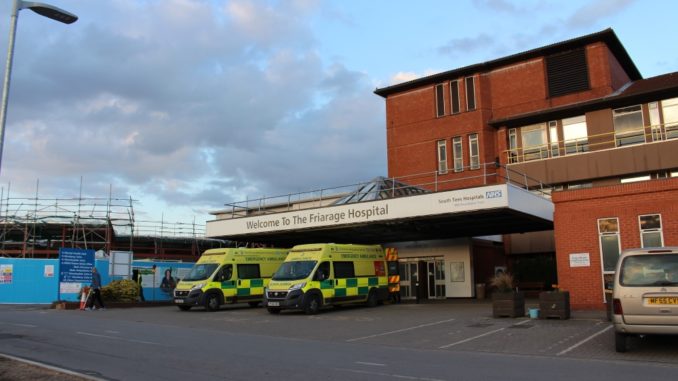
Covid-19 has been a factor in more than a thousand patient deaths at the South Tees Hospitals NHS Foundation Trust since the pandemic began three years ago.
Figures produced by the trust said there had 1,114 covid-positive deaths since March 2020 – just under a fifth (18.7%) of all deaths – although the impact of the virus has been falling since its peak.
There were 31 covid-positive deaths in February this year, however, compared to 18 in January.
Recent learning from death reports presented to the board of directors at the hospital trust showed there were an overall total of 2,122 deaths between January and December last year with the biggest number – 964 – coming in medicine and emergency care services.
The trust, which operates Middlesbrough’s James Cook University Hospital and the Friarage, in Northallerton, North Yorkshire, said it recorded the highest number of deaths in a single day last New Year’s Eve since 2006.
There were 19 deaths recorded on December 31 last year, although no further insight was provided into the figure.
The number of deaths seen in 2022/23 have largely returned to the levels seen before the coronavirus pandemic, although the so-called unadjusted mortality rate remains above pre-pandemic levels.
Meanwhile, the summary hospital level mortality indicator (SHMI) for the trust – the NHS’s official risk-adjusted hospital mortality statistic – over the period between October 2021 and September last year was described as “as expected”.
NHS England requires trusts to carry out mortality reporting, while reviews are carried out of patient deaths at the trust under a two stage process.
First, patient deaths are subject to a medical examiner review, in which case records are reviewed and discussions take place with medics who have had care of the patient and the bereaved family.
A further trust mortality review is carried out if any potential concerns are identified and also for all deaths of patients with learning disabilities, serious mental illness, within 30 days of a surgical procedure, where a mortality ‘alert’ from a range of sources has been triggered, or where a patient safety investigation is raised following a death, or where a complaint has been reported.
Between April last year and January 1,928 deaths were subject to a medical examiner review with 86% of these judged to be definitely not preventable.
From these 161 were recommended for a trust mortality review.
The unprecedented pattern of deaths, unadjusted and risk adjusted mortality rates during the covid-19 pandemic had made the measures used by health services “difficult to interpret”.
A trust official wrote: “The trust should continue to monitor these statistics, but accept that their use for assurance is diminished and thus the importance of non-statistical approaches to mortality are of greater importance than what was the case before covid.”
The trust should also continue to engage with national and regional efforts to understand hospital mortality within the wider context of mortality in all settings and particularly in relation to inequalities in the population served by the organisation.


Be the first to comment